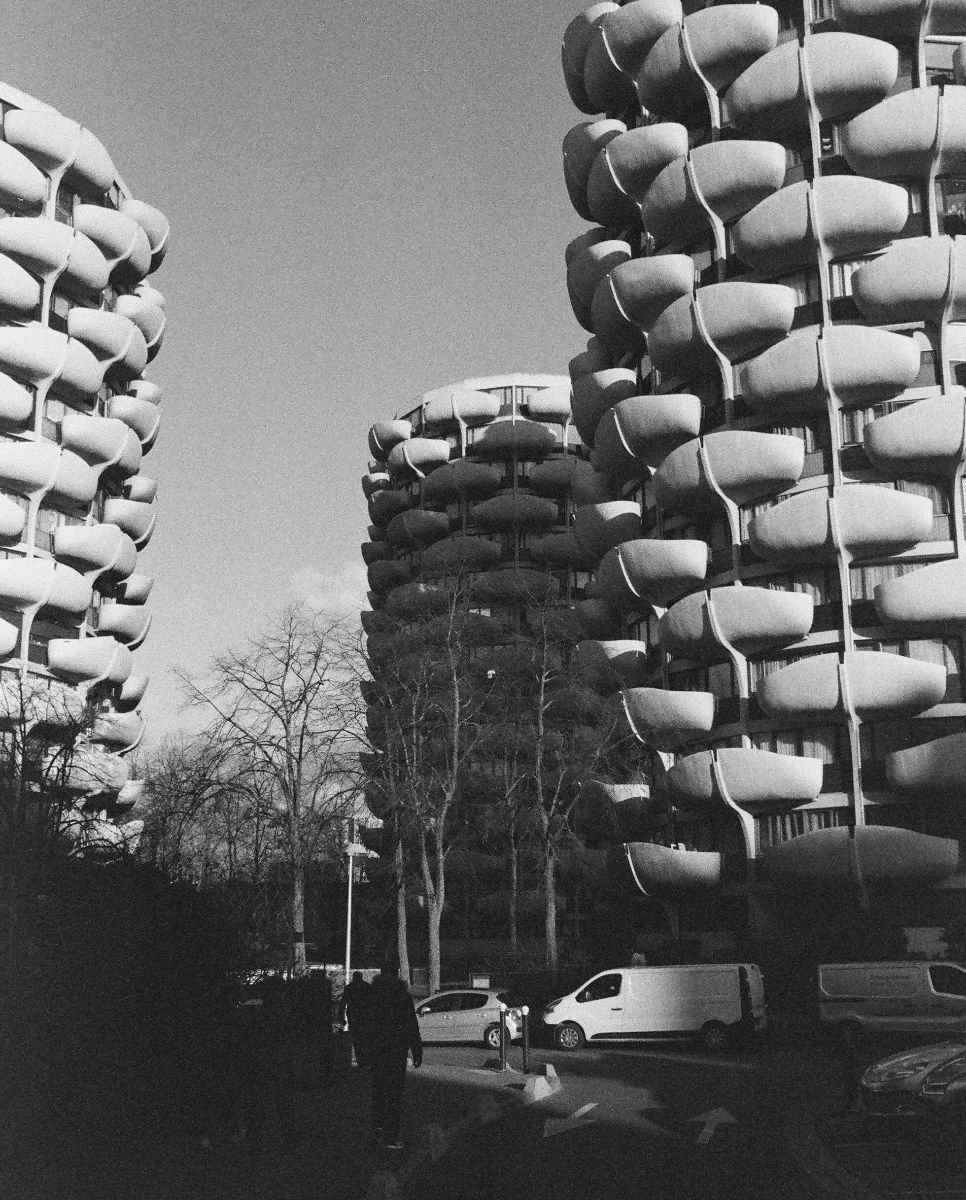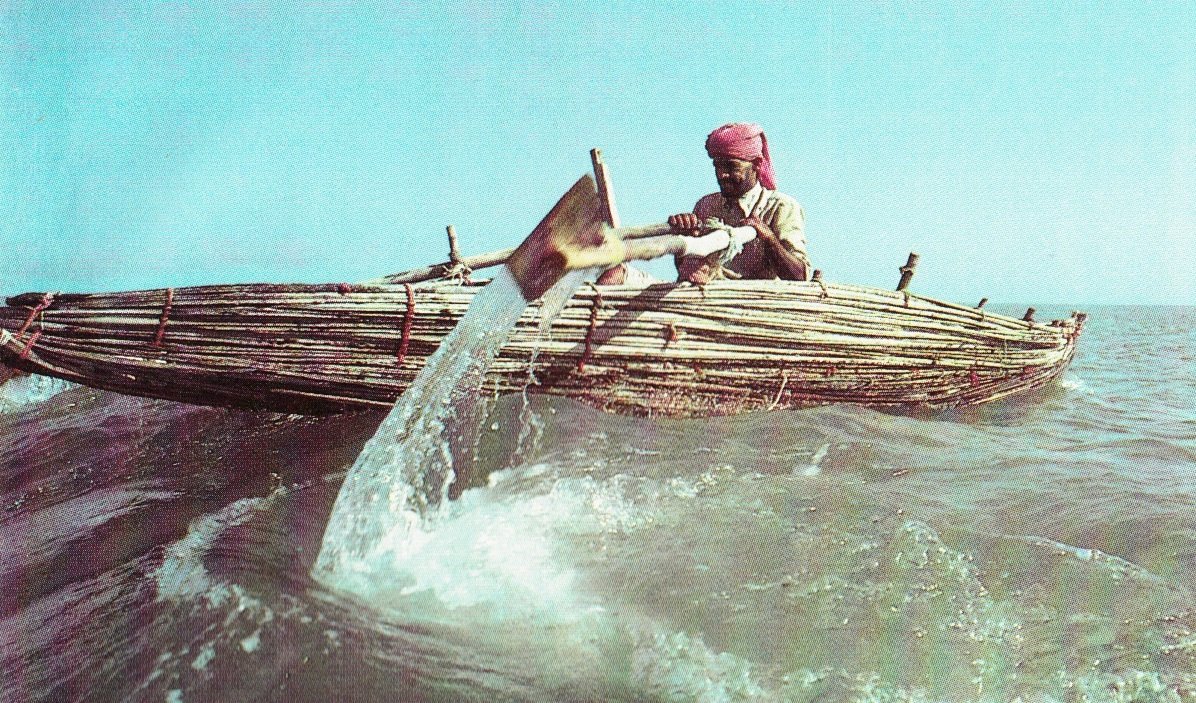52 years ago today, a group a group of University of Washington students, launched a scrappy grassroots organization to provide “accessible, respectful planning and design services to underserved communities.” They were marking the very first celebration of Earth Day and putting a uniquely local spin on the issues of the time. In the years leading up to that first Earth Day, our country was becoming aware of the harms and dramatic changes caused by leaded gas, inefficient automobiles, and industrial air and water pollution. Organizers of that first Earth Day were inspired by the publication of Rachel Carson’s New York Times bestseller Silent Spring, which raised public awareness of the inextricable links between pollution and public health.
The founders of Environmental Works were similarly compelled into action to address the problems of environmental degradation, but they also saw connections to the student anti-war movement, and to the civil rights movement that was taking shape in U.S. cities. One of the founding members of EW, Dale Miller, recalls their frustration that “Seattle was still a quietly racist city with a redlined system for home loans.”
The founders of Environmental Works were also heeding the call of Whitney Young, Jr., who in 1968 addressed the national convention of the American Institute of Architects and said “You are not a profession that has distinguished itself by your social and civic contributions to the cause of civil rights . . . You are most distinguished by your thunderous silence.”
Similarly, in 2022 we at EW are always looking at new ways to deepen our impact and make connections where design can be a part of bold, intersectional solutions to the most pressing problems facing our city, our state, our country, and our planet. As Colette Pichon Battle, Founder and Co-Executive Director of the Gulf Coast Center for Law & Policy said at the Green New Deal Summit earlier this month in DC, “when you are baptized by waters and policies that flood your state, you learn who is valued, who is important, who will be scapegoated, and who will be forgotten.” We remain deeply committed to our local community, because we believe that engaging those who will be most directly impacted by a design is the best way to connect people, communities, and the environment and uplift human dignity. But we also don’t bury our heads in the sand to be unaware of the impacts our society is having on the broader planet. We debate in the office if it’s worth specifying a material that makes a housing unit in Seattle a few dollars cheaper if the manufacture of that material threatens the health of families in the Gulf Coast. We follow and regularly discuss local, national, and international dialogues about how design does (or doesn’t) meet Whitney Young’s aspirations today, more than 50 years later.
So, today, on the 52nd Earth Day, and on the 52nd birthday of EW, I invite you to join us to examine how we can center environmental and climate justice in our world. Bringing a human-centered approach to policies around natural resources, energy, decarbonization, emissions and pollution reductions, and electrification is not only the right thing to do, but a necessity for our planet. Let us all identify and confront environmental racism in all its forms and prioritize the immediate needs of people most impacted in development and redevelopment work. EW holds the conviction that high quality design can positively impact environmental, social, and economic sustainability by centering voices of under-resourced communities in the design process, and this conviction is my Earth Day wish to you.
Yours,
Earth Day Inspiration from Our Team!
To celebrate Earth Day, we sat down to learn more about a variety of sustainably-minded passion projects from EW staff. From concrete & historic preservation to palm trees & healthier building materials, read on to discover their exciting work in advocacy, education, and sustainability!
1. The Brutalist Bugle with Michael Carrizosa
What are some aspects about the Brutalism architectural style & advocacy that drew your interest?
"The Brutalist Bugle started as a final project for my film photography class at the University of Washington. It was originally inspired by the striking aesthetic of concrete captured in black and white film. Upon further research on the style, I became passionate about preserving the historical legacy of the style, and the idea of reusing buildings in order to reduce concrete waste. Another aspect that fascinated me was the relationship between housing and brutalism. Many successful brutalist social housing projects from Europe or Latin America can teach us lessons about how to design with the idea of community and equity as a goal."
Did any project or building stick out as particularly memorable to you or your readers?
"I recently had the opportunity to visit Paris. During this visit I made my way to Creteil, a suburb of Paris, to photograph the housing project known as Les Choux de Creteil which translates to the cabbages of Creteil, due to their organic shape. Les Choux de Cretail consists of ten cylindrical towers that house students, low income residents, and market-rate residents. The project includes daycare facilities, a shopping center, and green areas that are safe and well maintained. This project features one of the most iconic uses of concrete that sets it apart from other residential projects; using organic concrete shapes that soften its presence in the urban and natural landscape."
Where can we see more of your work?
"You can follow The Brutalist Bugle on Instagram at @thebrutalistbugle - There you can find petitions to save buildings from demolition, articles, photographs, and videos of brutes I encounter while traveling or just walking around Seattle."
2. Healthy Materials Class at Parsons School of Design with Laura Gardner
Tell us about your experience with Parsons School of Design.
"Healthier Materials and Sustainable Building was a 4 month online class which featured a huge variety of speakers. Topics ranged from Materials Exposure and Health, Building Product Chemistry, Healthier Materials Design / Specification, and Project Execution with these goals. Presenters' expertise included air quality scientists, toxicologists, “green” chemists , materials life cycle experts and sustainability leaders in the building industry."
Timeline of building materials shared in the class
What knowledge from this experience are you most excited about bringing to your work?
"It reminded me about the goal, “First, do no harm.” I am excited about designing healthy spaces for clients. Striving to protect user health outcomes and the larger community / environment is so important in what we do. In addition, communicating to manufacturers about specific environmental concerns from their products (i.e. ingredients, manufacturing practices, waste disposal, labor practices) can move the market to phase out the bad and bring in the good."
What are some resources you can share to learn more about the importance of healthy building materials?
"My favorite is buildinggreen.com. They have free webinars, product selection guidance and reports. Product research can be very time consuming. It is key to utilize green databases where possible (ex: Mindful Materials, Healthy Building Network).
Look for product “ingredient” labels / impacts - ex: Health Product Declarations ( HPDs), Environmental Product Declarations (EPDs).
Look for product certifications - ex: Greenguard, Green Label, FloorScore, Declare Labels (declare.living-future.org), etc.
Utilize building product reps that sell building products in a wide category (flooring, exterior cladding).
Ask about sustainable products they sell (PVC Free Flooring? Recyclable Building Cladding?). Questions are advocacy and can move the marketplace."
3. Looking to the Palm Tree as a Sustainable Building Material with Nasreen Al-Tamimi
Can you give us an overview into your research into the utilization of all parts of the palm tree?
"Date Palm trees (Phoenix Dactylifera) abundantly planted in desert areas such as the United Arab Emirates have provided people with dates (a healthy source of nutrition), palm fronds used to create shelters, furniture, baskets, leaves weaved into everyday items such as mats and the base of the frond that has buoyancy properties were used in fishing boats to keep them afloat. The focus of the research was palm fronds and the reciprocal frame structure system that allows spanning of large spaces using small members. Reciprocal frames work by members mutually supporting each other and the whole structure and palm fronds were an ideal material to use due to their abundance as they either fall/are pruned off the trees."
Photo from Tim Severin's book The Sindbad Voyage
What excites you most about your research?
"Learning from indigenous architecture about a material that was historically successfully used, locally sourced and responded to the local environment is at the heart of the research. Making use of a material that is still available but its historical uses have been replaced and finding new ways of using it with advanced technology such as digital fabrication and creating hybrid materials is what is the most exciting part of the research, specifically if these new materials become an affordable construction solution."












